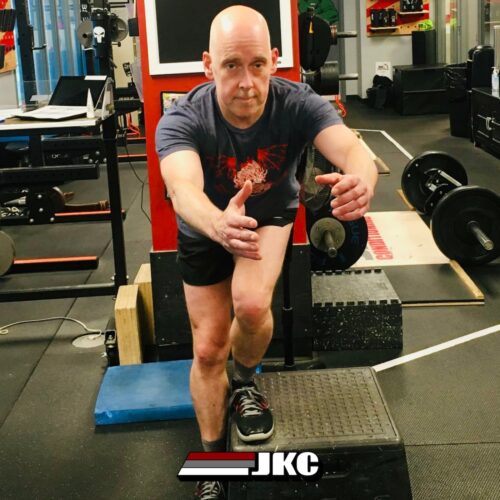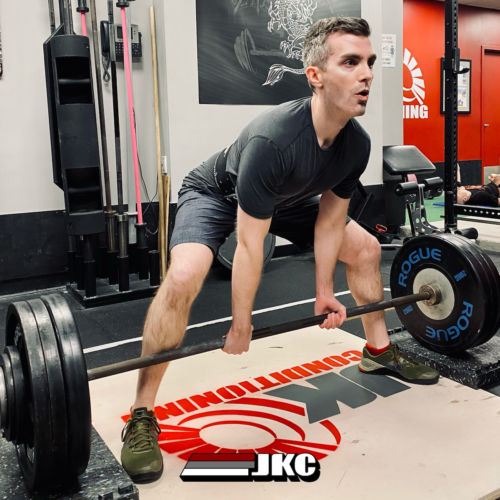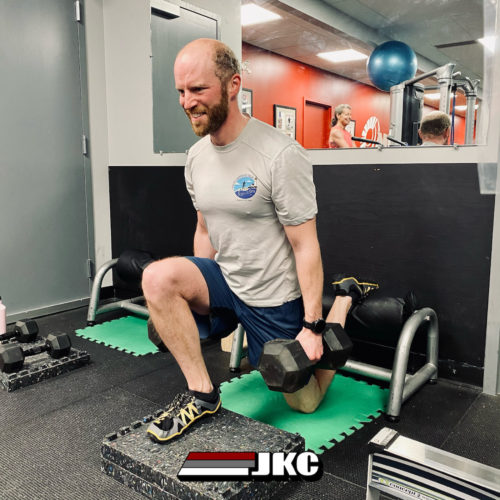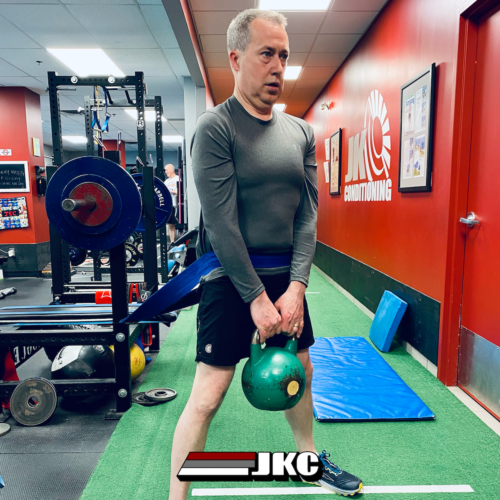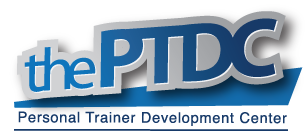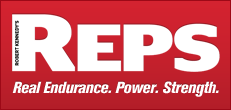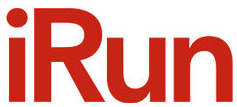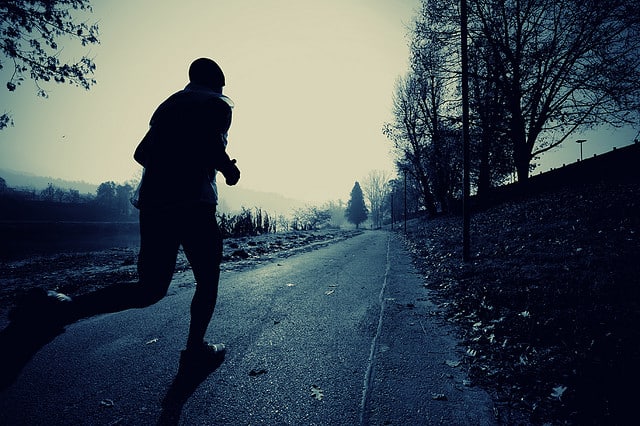
When it comes to improving your running form, crunches and sit-ups will do very little. They’re detrimental to a runner’s spine and not at all effective at improving the true function of a runner’s core. But many people still ask how many sit-ups they need to do to run a faster 10K. The sit-up movement results in high spinal loads and reproduces an injury mechanism that could result in a herniated disc. The true function of a runner’s core is not to flex the spine, so why would you train it that way?
Visualize the core as a group of muscles surrounding the torso, providing structural integrity to the lumbar spine and pelvic girdle. When running, the core provides dynamic postural control to minimize excessive movement in the torso and pelvis while the hips and legs propel the body forward. The group of muscles also has to resist and control the rotational torque that the legs and hips apply to the upper body. Core-stability training can improve this function and make runners more efficient.
The gluteals also play an important role in the running stride. For example, the gluteus medius functions to maintain pelvic stability when standing on one leg. A lack of gluteus medius strength allows the pelvis to drop, reducing stride efficiency and running speed. Weakness in the gluteus maximus and overdeveloped hamstrings can also pose problems for runners. This muscle imbalance can lead to hip issues or hamstring strains, which would put a halt to your training.
Everyone knows planks and side planks but few have seen their progressions. Add these advanced core stability and gluteal strengthening exercises throughout your training week to strengthen your abs and to keep you injury free.
Key training points to remember:
Maintain neutral spine by pretending to brace for a punch. This light contraction will ensure the correct posture is maintained. Don’t hold your breath during the exercises – take smaller more frequent breaths. Keep your chest out and pull your shoulders toward your hips as you maintain the normal curve in your thoracic spine.
For the exercises, read the rest of the article on Canadian Running HERE.

